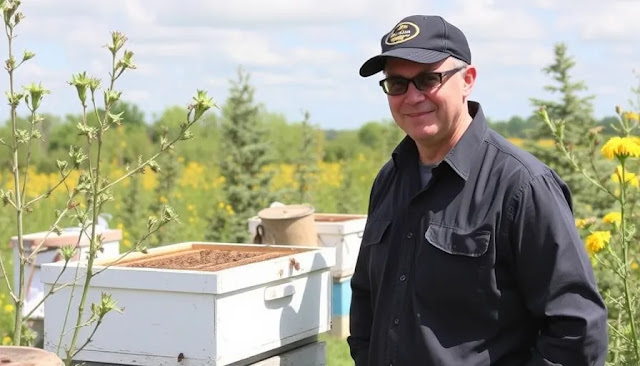In my four decades as an engineer, one of my most consequential steps was becoming a beekeeper. My role at AT&T centers around leading a team of engineers who introduce new technologies and so many of the dynamics of beekeeping are relevant to managing innovation teams.
Bees, as pollinators, contribute to one out of every three bites of food humans eat. Honeybees achieve this through a distinct governance structure: the queen sets the tone, but she relies on counsel from older worker bees—acting as a board of directors guiding the colony.
Beekeeping distills key tools for managing innovation cycles: supporting growth, shepherding team strengths, and establishing a culture of enthusiasm. Surprisingly, you learn to prioritize building the best box for the bees over focusing on the honey.
The Box as the North Star
Why is the box the North Star? If you're solely focused on honey and neglect future harvests and talent pools, the hive suffers. Not growing the box when it reaches 80% leads to defections, and making it too big exhausts the bees. We learn six key innovation lessons from prioritizing the box:
- Promote and Develop Talent: When talent reaches 80% mastery, promote them and have them train someone new. This demonstrates your commitment to growth and learning.
- Scaffold for Success: Provide clear responsibilities and goals, even if they're adaptable. This allows innovators to refine their roles while staying focused.
- Embrace Continuous Learning: Bees change roles over time, demonstrating the importance of considering changing strengths when assigning roles.
- Focus on Lasting Value: An overemphasis on current products can hinder disruptive innovations. Think long-term and focus on creating lasting value.
- Always Have a Backup: Consistency is key in hive management. Have a backup to ensure steady leadership and guidance.
- Foster a Culture of Enthusiasm: Create a safe space for innovation, where bold ideas are encouraged and celebrated.
Conclusion
Focusing too much on the immediate goal (honey) doesn't optimize long-term success. Instead, healthy architecture and attentive systems-level management yield lasting results. By prioritizing the box (your organization), you create a sustainable and thriving environment for innovation.

